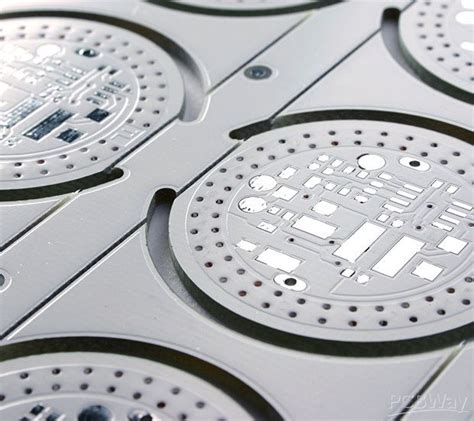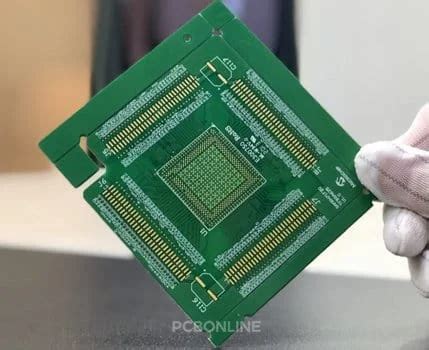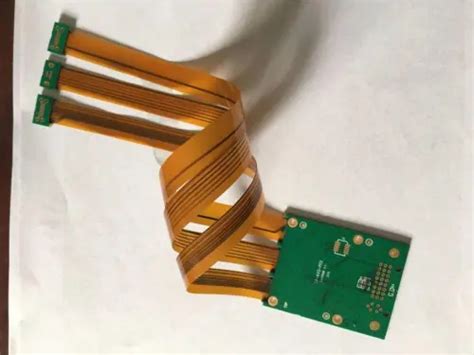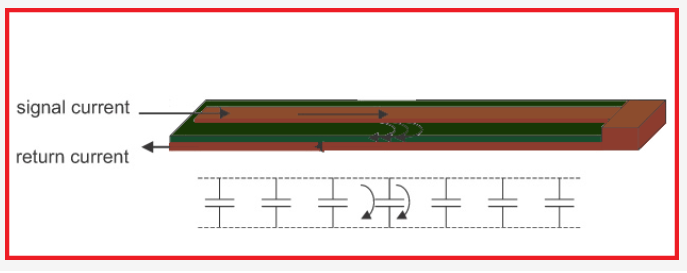Efficient THT PCB Assembly Techniques for Optimal Performance
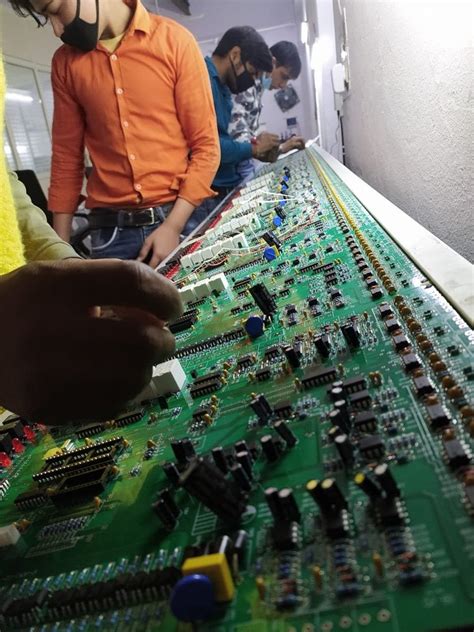
Key Takeaways
The techniques employed in THT PCB assembly (Through-Hole Technology PCB assembly) are vital for enhancing both performance and efficiency in circuit board production. One of the primary advantages of these pcb assembly methods is their ability to ensure durable and robust connections, particularly important for components subject to mechanical stress. Employing effective pcba techniques can streamline the assembly process significantly, reducing turnaround time and associated costs. It is crucial to prioritize accurate component placement, which directly impacts the overall functionality of the final product. A well-organized assembly line, along with strategic quality control measures, contributes to minimizing errors and optimizing performance. Furthermore, leveraging advanced tools and technologies enhances productivity while adhering to best practices in quality assurance. Overall, these key aspects form a comprehensive framework that greatly influences the efficiency and quality of pcb assembly, ultimately leading to superior electronic devices that meet the increasing demands of various industries.
| Aspect | Importance |
|---|---|
| Efficient Techniques | Streamlines processes and reduces production time |
| Accurate Component Placement | Crucial for functionality and reliability |
| Quality Control | Ensures high standards are maintained throughout production |
| Advanced Tools | Enhances productivity and efficiency in assembly processes |
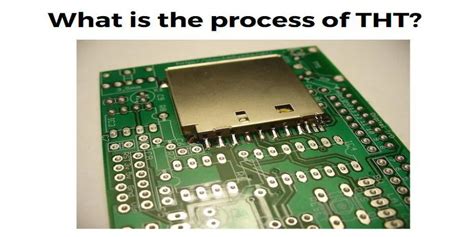
Introduction to THT PCB Assembly
Through THT PCB assembly, also known as Through-Hole Technology (THT), electronics manufacturers engage in a time-tested process of integrating components into a circuit board. This method involves inserting leads of electronic components into holes drilled in the printed circuit board (PCB), which are then soldered to form robust electrical connections. The significance of THT lies in its ability to provide excellent strength and durability, making it ideal for devices that must endure rigorous conditions. When executed correctly, pcb assembly can enhance performance and reliability significantly.
As the demand for high-quality circuit boards continues to rise, understanding effective techniques for THT becomes paramount. Streamlining these processes not only improves efficiency but also minimizes potential errors during assembly. This approach emphasizes the importance of accurate component placement, which ensures that pcba achieves operational excellence while meeting the specific requirements of various applications. Manufacturers must prioritize the implementation of best practices to guarantee top-notch quality control measures within their THT processes.
“Investing in training and advanced assembly techniques will pay dividends in the long run,” says an industry expert.
Thus, by embracing cutting-edge advancements and adhering to established methodologies, organizations can position themselves to deliver superior products that meet ever-evolving market demands.

Key Benefits of THT PCB Assembly Techniques
Through various THT PCB assembly techniques, manufacturers can reap a multitude of benefits that contribute to the overall efficiency and performance of circuit board production. One significant advantage of THT PCBA is its exceptional ability to support a wide range of component types, including larger and heavier components, which are often critical in industrial and automotive applications. This compatibility allows designers the freedom to enhance the functionality of their products without worrying about component limitations. Furthermore, the robustness of through-hole technology provides strong mechanical connections, essential for ensuring durability in demanding environments.
Another key benefit lies in the ease of assembly and repair. The accessible configurations in THT PCB assembly allow for straightforward soldering processes, which simplifies troubleshooting and rework when necessary. Consequently, manufacturers can expect reduced downtime and facilitated maintenance. Additionally, the use of THT techniques can result in improved thermal performance due to better heat dissipation from the larger surface area connections.
Moreover, by implementing these effective assembly methods, companies can achieve higher overall yield rates in their production lines. The reliance on high-quality materials and enhanced engineering practices during the PCB assembly process leads to fewer defects and superior functioning products. This meticulous approach not only saves costs but also elevates customer satisfaction by delivering reliable electronic solutions.
In summary, leveraging THT PCB assembly techniques ensures robust connectivity, simplified rework processes, improved thermal management, and ultimately leads to higher quality standards in PCBA, making it an indispensable choice for manufacturers aiming for success in their electronic production endeavors.
Streamlining THT PCB Assembly Processes
To achieve optimal performance in THT PCB assembly, it is essential to adopt strategies that streamline assembly processes effectively. One of the most significant aspects of pcb assembly is the efficiency of component placement. Automating this process through the use of specialized machinery ensures precise positioning, which not only speeds up production but also reduces the likelihood of errors. Implementing pick and place machines can dramatically enhance the speed and accuracy of placing components on the board. Furthermore, establishing a well-organized workflow that minimizes unnecessary movements and optimizes workspace logistics contributes significantly to overall efficiency.
Additionally, leveraging modular assembly techniques allows for rapid interchangeability and reduces downtime during pcba production, accommodating quick changes in design or component specifications without extensive reconfiguration. Integrating advanced software tools for planning and monitoring assembly processes can also yield real-time insights into workflow patterns, enabling manufacturers to identify bottlenecks and areas for improvement promptly. By focusing on these strategies, organizations can enhance not only the performance but also the quality of their THT PCB assembly, ultimately leading to superior circuit board production outcomes that meet or exceed industry standards.
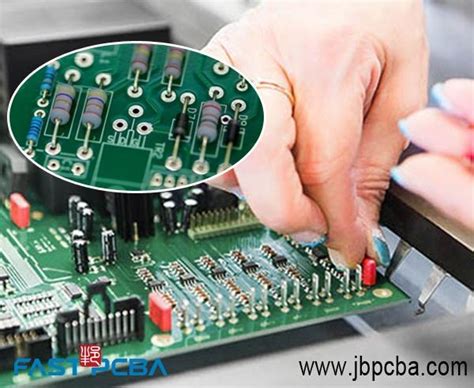
Importance of Accurate Component Placement
Accurate component placement is a critical factor in the success of THT PCB assembly (Through-Hole Technology printed circuit board assembly). This precision not only enhances the functionality of the final product but also significantly impacts the efficiency of the overall pcba (printed circuit board assembly) process. When components are placed incorrectly, it can lead to numerous issues, including circuit failures, increased production costs, and longer assembly times. Therefore, implementing precise placement techniques is essential. Effective component placement methods reduce the risk of errors and help ensure that components fit correctly in their designated positions. This is vital for maintaining electrical integrity and optimizing performance. Additionally, using advanced tools and technologies designed for accurate placement is instrumental in achieving high-quality pcb assembly outcomes. When component placement is executed with meticulous attention to detail, it enables manufacturers to produce more reliable and efficient circuit boards that meet industry standards while minimizing waste and rework. In summary, prioritizing accurate component placement significantly contributes to enhancing performance and efficiency throughout the entire THT PCB assembly process.
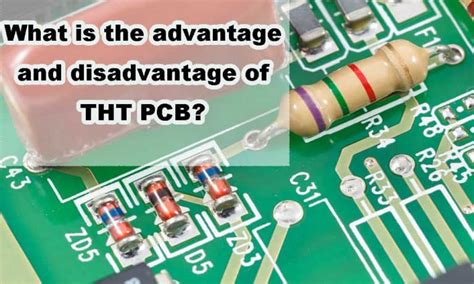
Quality Control Measures in THT PCB Assembly
In the realm of THT PCB assembly, implementing robust quality control measures is paramount to ensuring optimal performance and reliability of the final product. Effective quality control begins with rigorous inspection of the printed circuit board assembly (PCBA) components prior to installation. This includes verifying component specifications and checking for defects such as incorrect solder, damaged parts, or incorrect placements. The integration of advanced testing methods, such as Automated Optical Inspection (AOI), allows for the swift identification of potential issues during the assembly process. Furthermore, establishing a comprehensive documentation system enhances traceability and accountability throughout production, facilitating effective communication among team members. Regular audits and adherence to industry standards play a crucial role in maintaining high-quality circuit board production. Additionally, employing statistical process control can help monitor variations in the assembly process, ensuring that any deviations are swiftly addressed. By focusing on these quality control measures, manufacturers can improve overall efficiency and reduce the likelihood of defects, ultimately leading to superior THT PCB assembly results.
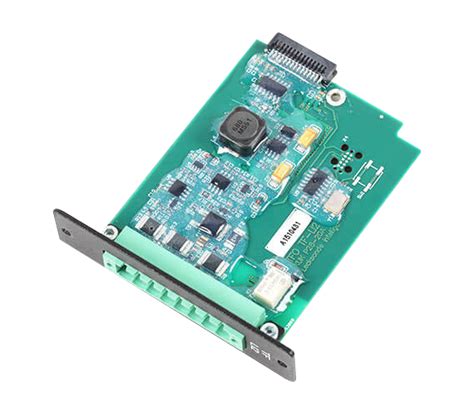
Advanced Tools and Technologies for Efficient Assembly
In the realm of THT PCB assembly, the utilization of advanced tools and technologies is crucial for achieving optimal performance. The integration of automated assembly machines has revolutionized the pcba process, allowing for faster production times and increased precision in component placement. For instance, automated pick-and-place machines can significantly reduce the labor required for assembly while enhancing accuracy. Moreover, software solutions that incorporate design for manufacturing (DFM) principles can identify potential issues early in the design phase, minimizing errors during the pcb assembly process.
In addition to automation, innovative tools such as reflow ovens and selective soldering equipment allow for improved thermal management and soldering efficiency. These technologies ensure that components are soldered with high fidelity, which is essential for maintaining functionality in complex circuit designs. Furthermore, advancements in inspection technologies, including automated optical inspection (AOI) systems, provide real-time feedback on assembly quality. This enables manufacturers to address defects promptly, thereby ensuring that every pcba meets stringent quality standards.
By leveraging these advanced tools and technologies, manufacturers can effectively optimize their production workflows. This not only leads to improved efficiency but also enhances the overall reliability of the final electronic products released into the market. The continuous evolution of tools dedicated to THT PCB assembly highlights a commitment to innovation in the electronics manufacturing sector, setting new benchmarks for quality and performance.
Common Challenges in THT PCB Assembly and Solutions
THT PCB assembly presents several unique challenges that can impact the overall efficiency and quality of the pcba process. One of the primary issues is ensuring proper component placement, which is crucial for achieving reliable connections and performance. Misalignment can lead to solder joint failures, resulting in reduced longevity of the final product. To address this challenge, implementing advanced placement techniques and using precision tools can significantly mitigate the risk of misalignment.
Another common challenge is managing the heat during the soldering process, as excessive heat can damage sensitive components. Utilizing appropriate soldering techniques and monitoring temperature consistently can help ensure that components are not adversely affected, thus maintaining the integrity of the pcb assembly.
In addition, as circuit boards become more complex, achieving effective workflow management becomes increasingly important. Streamlining processes through automation and enhanced training for operators can lead to improved efficiency in THT PCB assembly. By employing these methods, manufacturers can not only overcome typical obstacles but also produce high-quality circuit boards that meet stringent industry standards. Adapting to these challenges with well-planned strategies ensures optimal performance in THT PCB assembly while advancing overall production capabilities.
Future Trends in THT PCB Assembly Techniques
As technology continues to evolve, the landscape of THT PCB assembly is experiencing significant changes aimed at enhancing efficiency and performance in PCB assembly processes. One notable trend is the integration of automation in printed circuit board assembly (PCBA), which minimizes human error and speeds up production times. Robotic arms and automated equipment for component insertion are becoming commonplace, allowing for rapid and precise placement of components on circuit boards. Additionally, there is an increasing focus on the use of advanced materials that improve thermal management and reliability in THT PCBA. These materials not only extend the lifespan of the circuits but also ensure that they operate efficiently under varying conditions.
Furthermore, data analytics plays a crucial role in predicting performance issues before they occur. By leveraging real-time monitoring and analytics tools, manufacturers can identify bottlenecks within the THT PCB assembly process, which leads to informed decisions that enhance overall productivity. Another emerging trend is sustainable practices; circuit board design is shifting towards eco-friendly materials and processes, aligning with global demands for greener manufacturing methods. This shift encourages a holistic approach to product lifecycle management while also appealing to environmentally conscious consumers.
In conclusion, the future of THT PCB assembly techniques appears promising with ongoing advancements in automation, materials science, data analytics, and sustainability initiatives driving innovations in efficiency and quality within the industry. These trends not only promise enhanced performance but also pave the way for more robust PCBA solutions that meet modern demands effectively.
Conclusion
In summary, the implementation of THT PCB assembly techniques plays a crucial role in enhancing the overall efficiency and performance of circuit board production. By focusing on accurate component placement, manufacturers can minimize assembly errors, which ultimately leads to higher-quality products. The significance of streamlining processes cannot be overstated; by utilizing advanced tools and technologies, businesses can optimize their pcb assembly operations, resulting in increased productivity. Additionally, addressing common challenges associated with pcba helps to fortify the production process against disruptions and inefficiencies. As we look to the future, staying informed about emerging trends in THT PCB assembly will empower organizations to remain competitive in a rapidly evolving industry. Hence, adopting effective techniques not only enhances productivity but also ensures that companies can continue delivering reliable and innovative electronic solutions.
FAQs
What is THT PCB assembly?
THT PCB assembly, or Through-Hole Technology PCB assembly, is a process where electronic components are inserted into holes in a printed circuit board (PCB) and soldered to establish electrical connections. This method is often used for components that require robust mechanical support.
What are the key benefits of THT PCB assembly?
The key benefits of THT PCB assembly include enhanced durability, ease of repair, and better shock resistance compared to surface mount technology (SMT). It also allows for the integration of larger components which are essential for certain applications.
How can I streamline the THT PCB assembly process?
To streamline the THT PCBA process, consider adopting automated soldering techniques, optimizing component placement, and utilizing effective workflow strategies. Implementing these methods can significantly improve throughput and efficiency during production.
Why is accurate component placement important in THT PCB assembly?
Precise component placement ensures that connections are properly made, reducing the risk of short circuits or misalignments that could affect the performance of the PCB assembly. Accuracy also helps in minimizing rework time, which contributes to overall efficiency.
What quality control measures should be taken during THT PCB assembly?
It is essential to conduct regular inspections at various stages of production. Implementing visual inspections, functional testing, and using automated optical inspection systems can help maintain high-quality standards throughout the pcba process.



